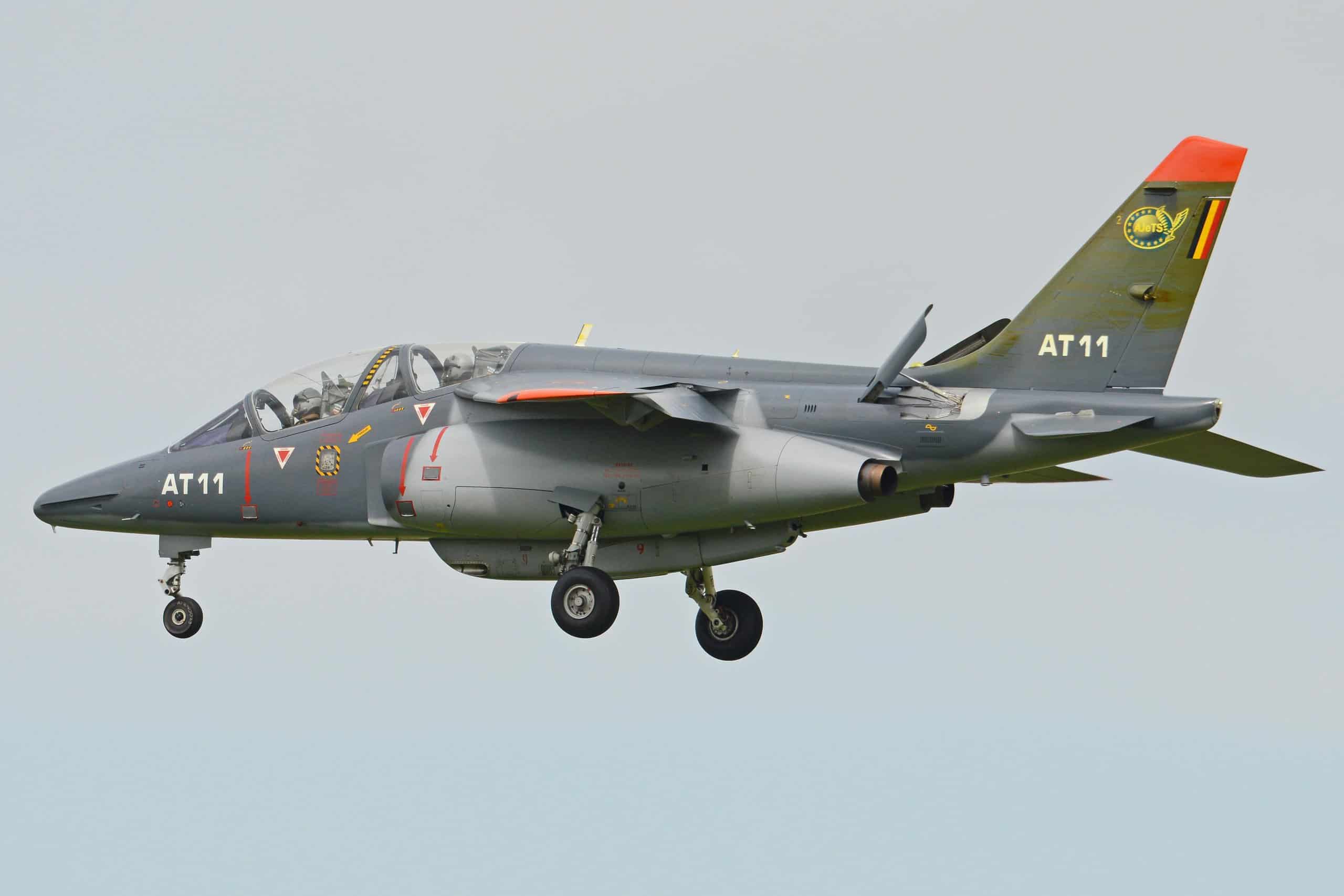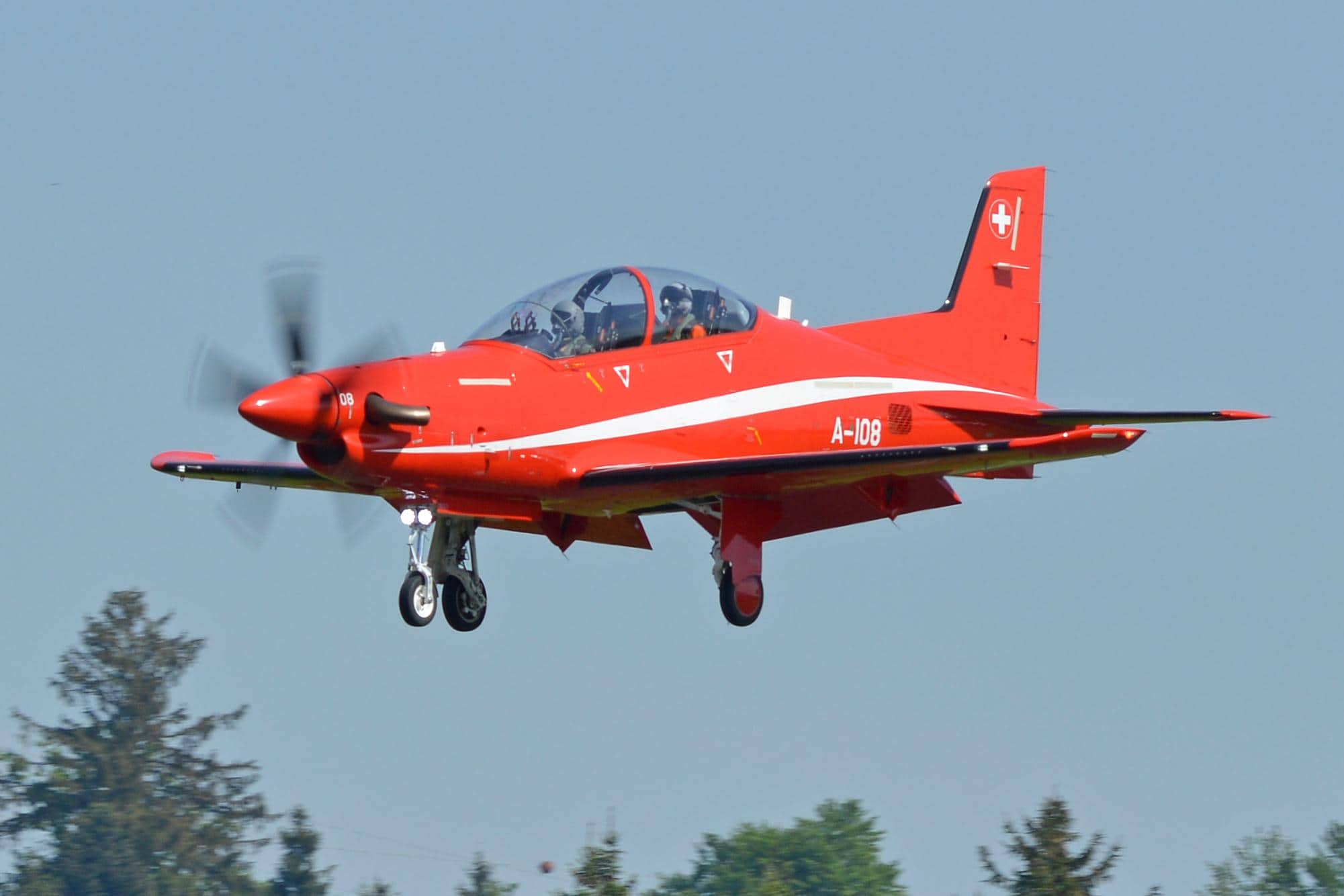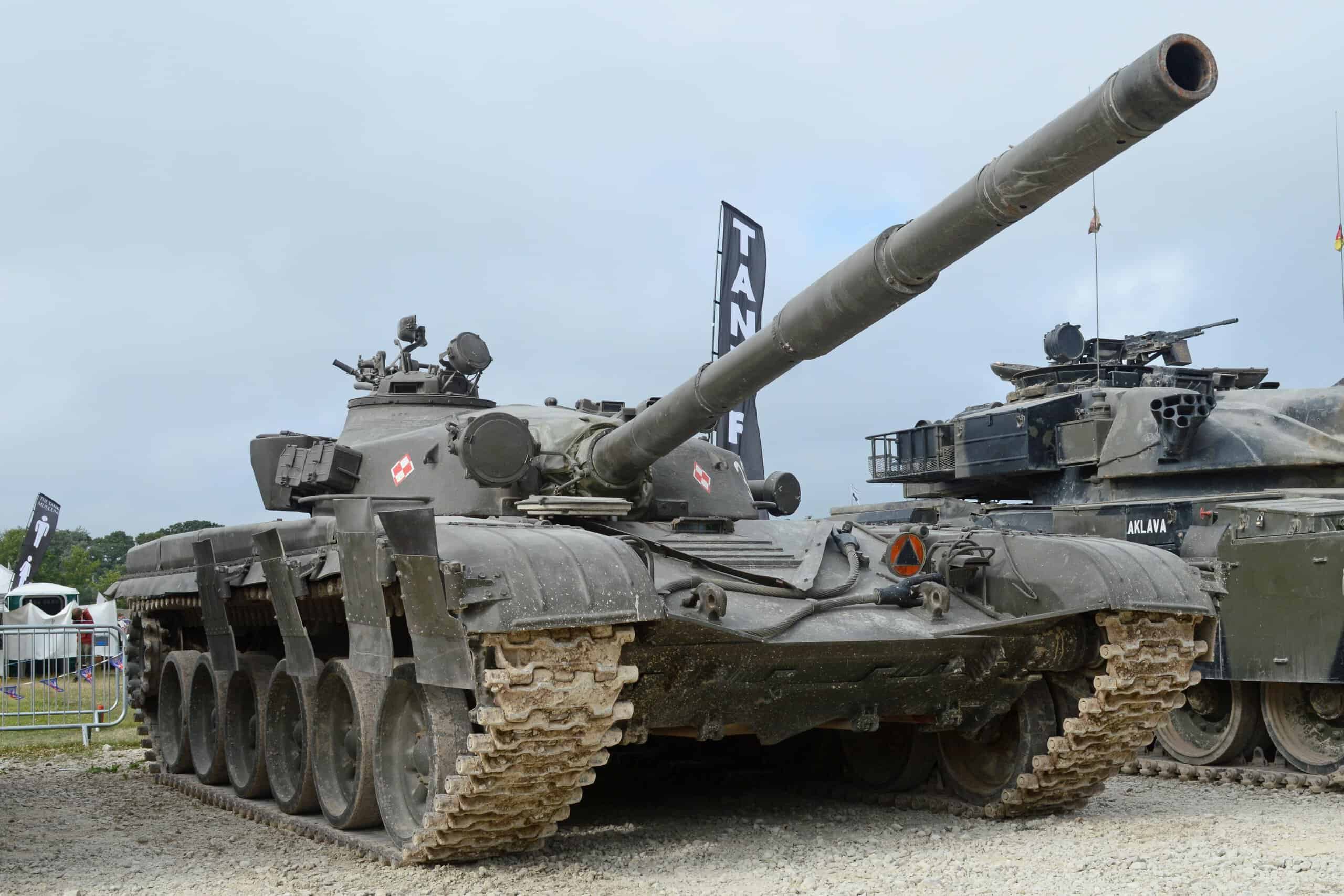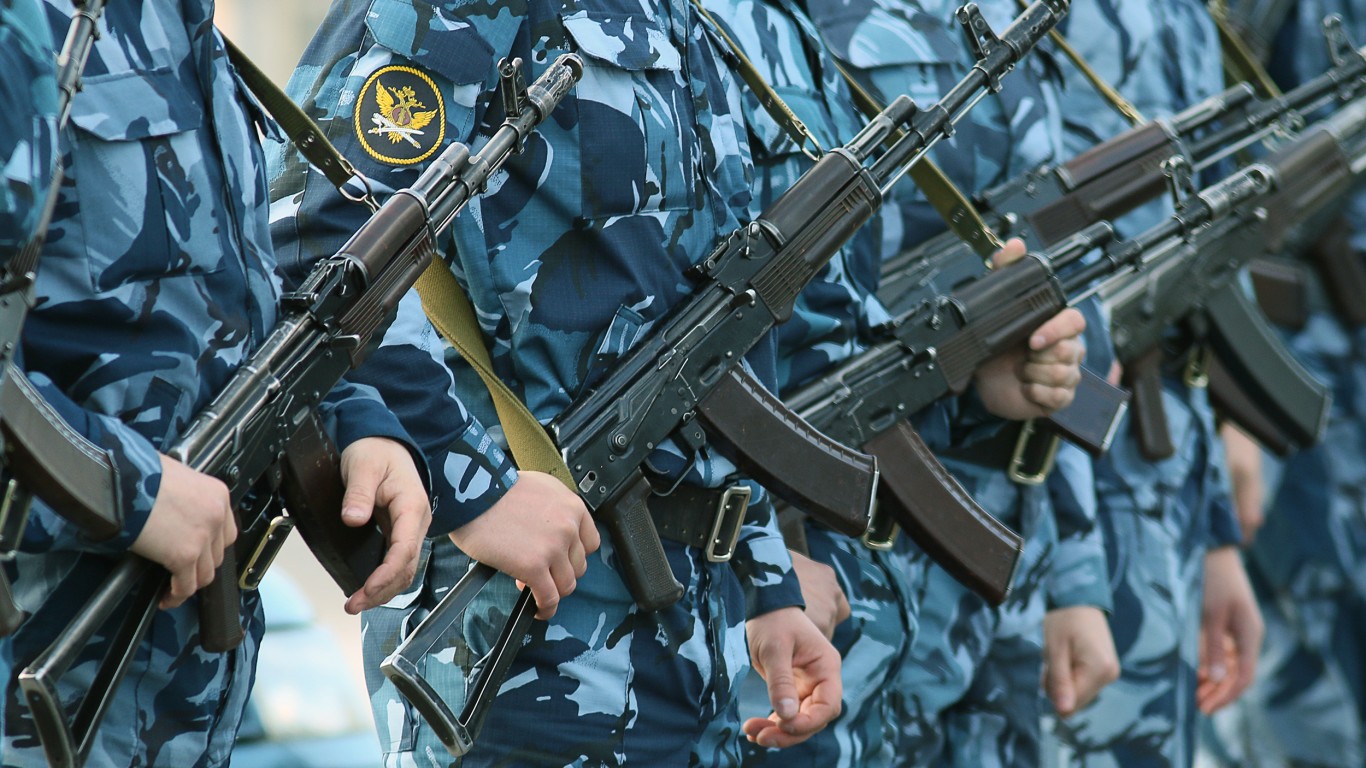
When it comes to military spending, the United States has by far the largest budget, overtaking the next nine countries combined. The U.S. is also, by far, the world’s largest arms exporter, supplying weapons to over 110 countries worldwide, according to Stockholm International Peace Research Institute.
U.S. arms exports actually rose 17% between 2014–18 and 2019–23. Russia’s exports, meanwhile, fell by more than half (–53%) over that time. With this drop, Russia, fell from the world’s second largest arms exporter to third. France’s exports, on the other hand, grew by 47% as it climbed to becoming the second largest arms exporter worldwide.
Using SIPRI’s databases, 24/7 Wall St. identified the 25 countries that are the largest exporters of arms. Countries are ranked on the value of their arms exports as a share of all arms exports globally from 2019 to 2023. The United States, France, and Russia alone account for 63.2% of all global arms exports.
Who do the largest arms exporter supply their weapons to? This largely depends on global alliances. For example, Iran supplies nearly 75% of its arms exports to Russia and another 7.4% to the Houthi rebels in Yemen. Russia, meanwhile, supplies its arms mainly to India and China (55% combined), while China’s largest recipient (61%) is Pakistan. The U.S. arms exports are more dispersed, though a significant 15% go to Saudi Arabia. France, too, has India as its largest customer with 29% of arms exports going there.
Many of the highest ranking countries on this list are home to some of the world’s largest defense contractors. The United States is home to the five largest defense contractors in the world, including Lockheed-Martin, Boeing, and Northrop Grumman. (Here are The 25 Companies Making Billions Building the World’s Weapons.)
Why Are We Covering This

25. Iran

- Share of global arms exports, 2019-2023: 0.2%
- Largest recipient: Russia — 74.5% of Iran’s arms exports
- 2nd largest recipient: Venezuela — 15.7% of Iran’s arms exports
- 3rd largest recipient: Houthi rebels (Yemen) — 7.4% of Iran’s arms exports
- Largest weapons deal: SSM — new Shahed-136
- Military expenditure, 2023: $10.3 billion — #25 highest of 69 exporting countries
24. Brazil

- Share of global arms exports, 2019-2023: 0.2%
- Largest recipient: France — 27.8% of Brazil’s arms exports
- 2nd largest recipient: Nigeria — 16.3% of Brazil’s arms exports
- 3rd largest recipient: Portugal — 16.3% of Brazil’s arms exports
- Largest weapons deal: transport aircraft — second hand A330
- Military expenditure, 2023: $22.9 billion — #18 highest of 69 exporting countries
23. Belarus

- Share of global arms exports, 2019-2023: 0.2%
- Largest recipient: Viet Nam — 30.2% of Belarus’s arms exports
- 2nd largest recipient: Serbia — 21.6% of Belarus’s arms exports
- 3rd largest recipient: Uganda — 16.9% of Belarus’s arms exports
- Largest weapons deal: air search radar — new Vostok-E
- Military expenditure, 2023: $1.4 billion — #53 highest of 69 exporting countries
22. Belgium
- Share of global arms exports, 2019-2023: 0.3%
- Largest recipient: Saudi Arabia — 37.5% of Belgium’s arms exports
- 2nd largest recipient: Canada — 24.9% of Belgium’s arms exports
- 3rd largest recipient: Pakistan — 21.7% of Belgium’s arms exports
- Largest weapons deal: trainer/combat aircraft — second hand Alpha Jet
- Military expenditure, 2023: $7.6 billion — #32 highest of 69 exporting countries
21. South Africa
- Share of global arms exports, 2019-2023: 0.3%
- Largest recipient: United States — 23.9% of South Africa’s arms exports
- 2nd largest recipient: UAE — 22.6% of South Africa’s arms exports
- 3rd largest recipient: India — 13.4% of South Africa’s arms exports
- Largest weapons deal: FGA aircraft — second hand Cheetah-C
- Military expenditure, 2023: $2.8 billion — #46 highest of 69 exporting countries
20. UAE

- Share of global arms exports, 2019-2023: 0.3%
- Largest recipient: Jordan — 33.1% of UAE’s arms exports
- 2nd largest recipient: Egypt — 26.3% of UAE’s arms exports
- 3rd largest recipient: Algeria — 10.3% of UAE’s arms exports
- Largest weapons deal: tank — second hand Leclerc
- Military expenditure, 2023: N/A
19. Norway
- Share of global arms exports, 2019-2023: 0.4%
- Largest recipient: United States — 25.5% of Norway’s arms exports
- 2nd largest recipient: Ukraine — 19.8% of Norway’s arms exports
- 3rd largest recipient: Lithuania — 9.9% of Norway’s arms exports
- Largest weapons deal: anti-ship missile — new NSM
- Military expenditure, 2023: $8.7 billion — #28 highest of 69 exporting countries
18. Ukraine
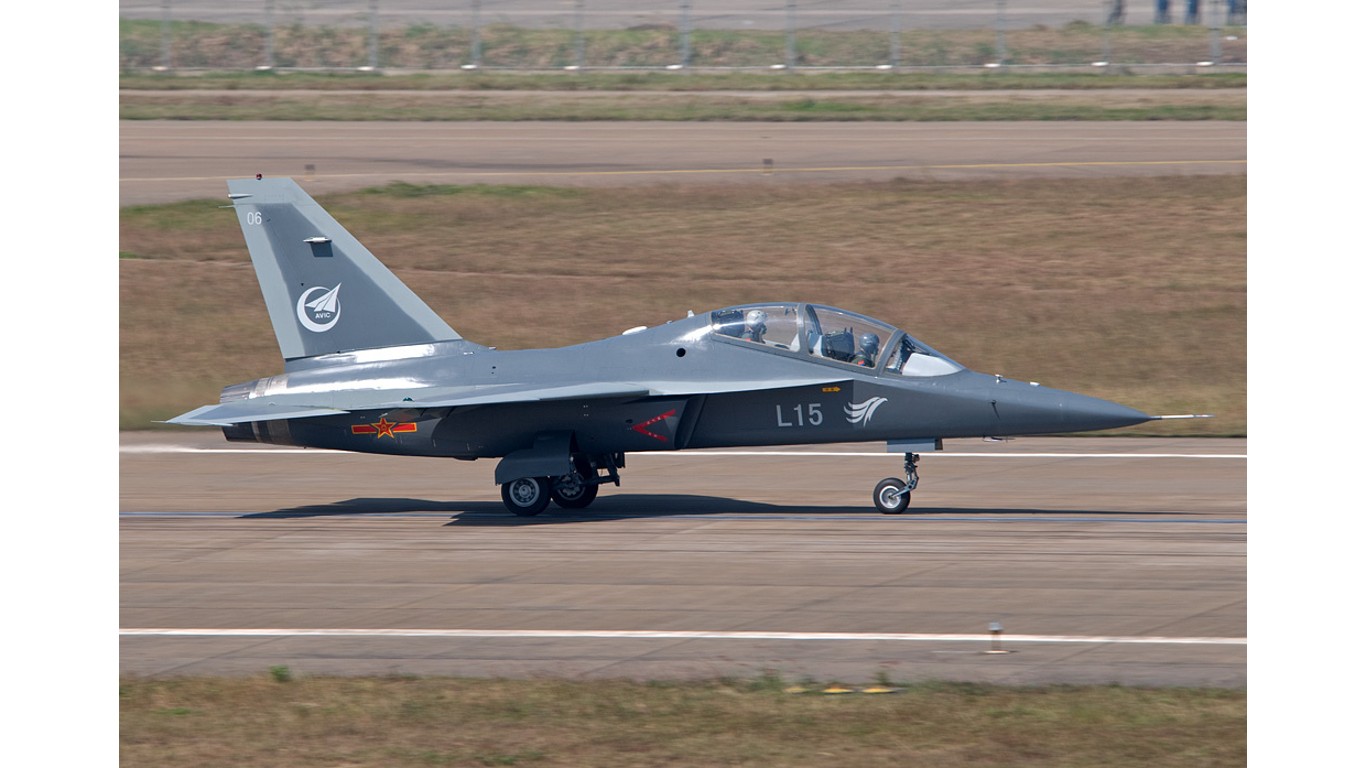
- Share of global arms exports, 2019-2023: 0.4%
- Largest recipient: China — 59.4% of Ukraine’s arms exports
- 2nd largest recipient: Saudi Arabia — 12.2% of Ukraine’s arms exports
- 3rd largest recipient: India — 10.9% of Ukraine’s arms exports
- Largest weapons deal: turbofan — new AI-222
- Military expenditure, 2023: $64.8 billion — #8 highest of 69 exporting countries
17. Switzerland
- Share of global arms exports, 2019-2023: 0.5%
- Largest recipient: Denmark — 17.1% of Switzerland’s arms exports
- 2nd largest recipient: Spain — 16.0% of Switzerland’s arms exports
- 3rd largest recipient: Australia — 15.6% of Switzerland’s arms exports
- Largest weapons deal: trainer aircraft — new PC-21
- Military expenditure, 2023: $6.3 billion — #34 highest of 69 exporting countries
16. Australia
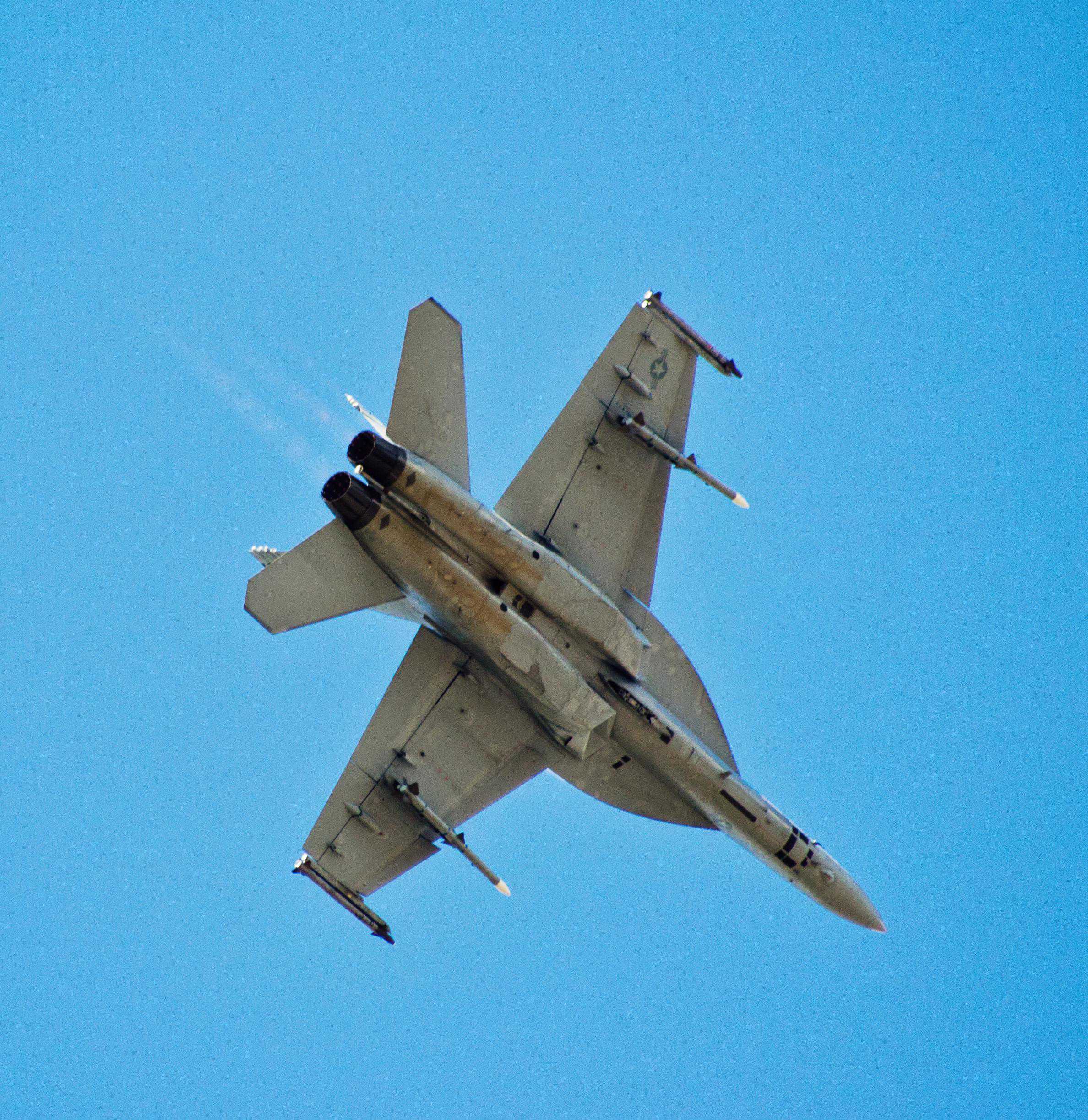
- Share of global arms exports, 2019-2023: 0.6%
- Largest recipient: Canada — 31.7% of Australia’s arms exports
- 2nd largest recipient: Chile — 28.4% of Australia’s arms exports
- 3rd largest recipient: United States — 10.6% of Australia’s arms exports
- Largest weapons deal: FGA aircraft — second hand F/A-18C Hornet
- Military expenditure, 2023: $32.3 billion — #13 highest of 69 exporting countries
15. Canada

- Share of global arms exports, 2019-2023: 0.6%
- Largest recipient: Saudi Arabia — 36.9% of Canada’s arms exports
- 2nd largest recipient: Ukraine — 22.0% of Canada’s arms exports
- 3rd largest recipient: UAE — 15.0% of Canada’s arms exports
- Largest weapons deal: APC — new LAV-700
- Military expenditure, 2023: $27.2 billion — #16 highest of 69 exporting countries
14. Poland
- Share of global arms exports, 2019-2023: 0.7%
- Largest recipient: Ukraine — 95.5% of Poland’s arms exports
- 2nd largest recipient: Sweden — 2.1% of Poland’s arms exports
- 3rd largest recipient: India — 0.6% of Poland’s arms exports
- Largest weapons deal: tank — second hand T-72M1
- Military expenditure, 2023: $31.6 billion — #14 highest of 69 exporting countries
13. Sweden
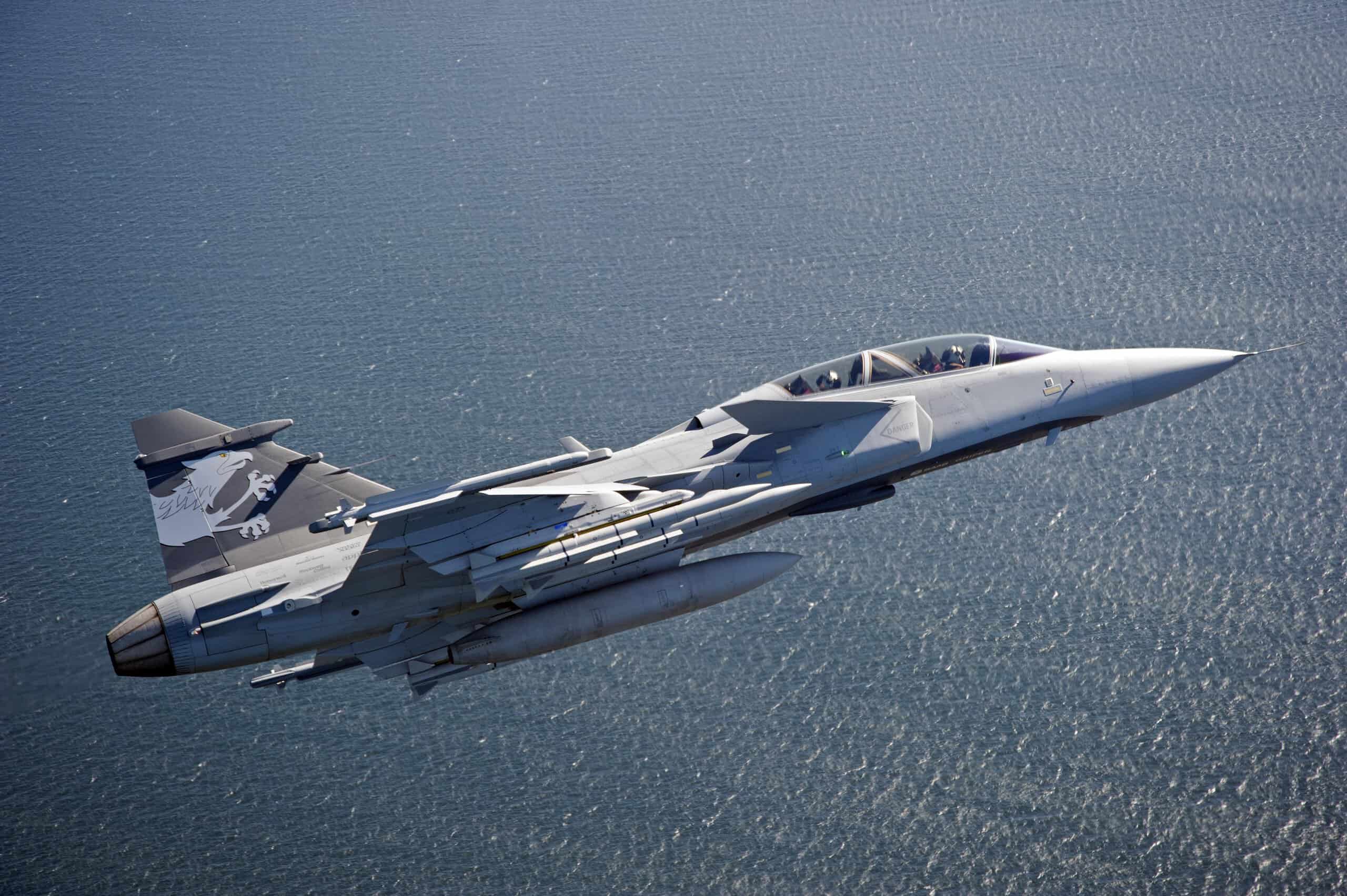
- Share of global arms exports, 2019-2023: 0.8%
- Largest recipient: Brazil — 21.9% of Sweden’s arms exports
- 2nd largest recipient: United States — 20.3% of Sweden’s arms exports
- 3rd largest recipient: Pakistan — 20.2% of Sweden’s arms exports
- Largest weapons deal: FGA aircraft — new Gripen-E
- Military expenditure, 2023: $8.8 billion — #27 highest of 69 exporting countries
12. Netherlands
![Estonia+navy | SIX NAVAL SHIPS VISIT DUBLIN [NATOâS SNMCMG1 - GERMANY,UK, BELGIUM, NETHERLANDS, NORWAY AND DENMARK]-113456](https://a673b.bigscoots-temp.com/wp-content/uploads/2024/03/imageForEntry10-O2V.jpg)
- Share of global arms exports, 2019-2023: 1.2%
- Largest recipient: United States — 28.3% of Netherlands’ arms exports
- 2nd largest recipient: Mexico — 12.4% of Netherlands’ arms exports
- 3rd largest recipient: Pakistan — 8.6% of Netherlands’ arms exports
- Largest weapons deal: patrol craft — new Stan Patrol-4708
- Military expenditure, 2023: $16.6 billion — #19 highest of 69 exporting countries
11. Turkiye
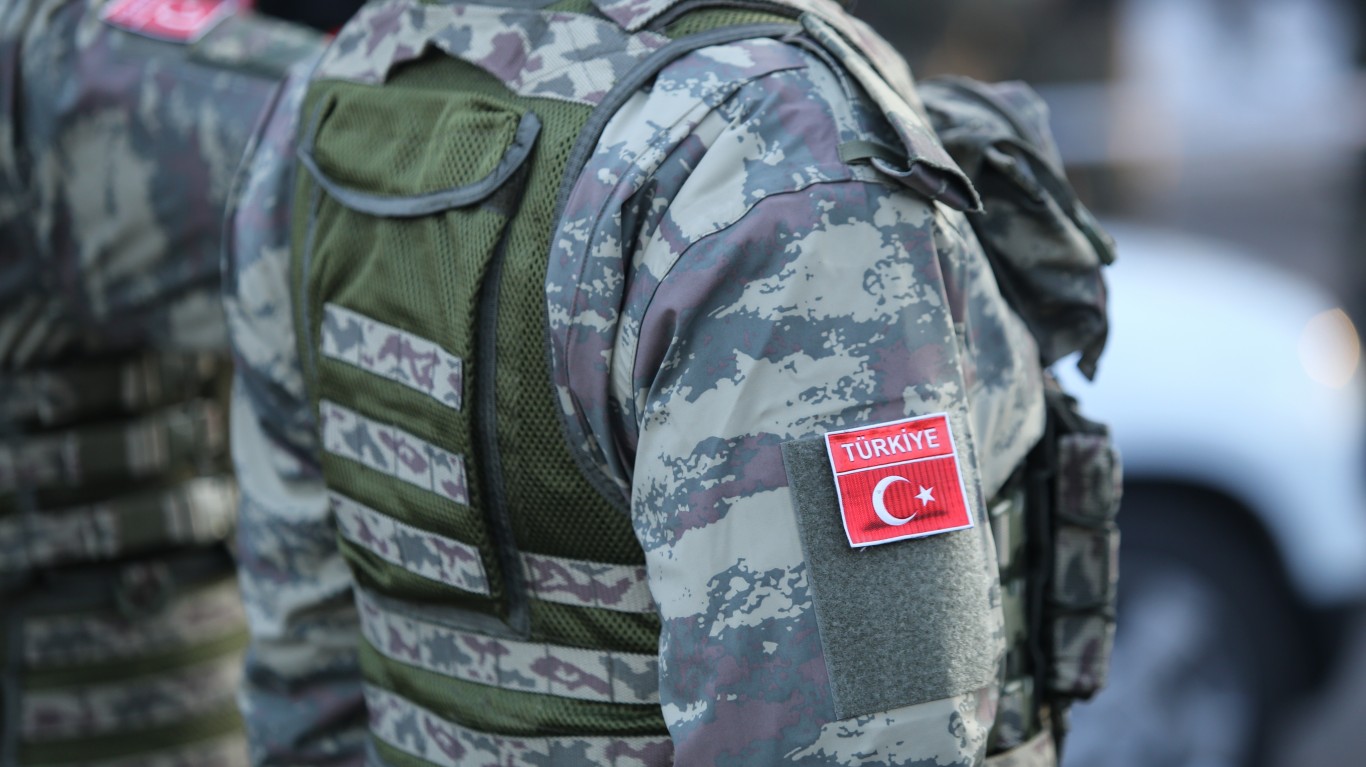
- Share of global arms exports, 2019-2023: 1.6%
- Largest recipient: UAE — 15.1% of Turkiye’s arms exports
- 2nd largest recipient: Qatar — 13.5% of Turkiye’s arms exports
- 3rd largest recipient: Pakistan — 10.5% of Turkiye’s arms exports
- Largest weapons deal: IFV — new Rabdan
- Military expenditure, 2023: $15.8 billion — #21 highest of 69 exporting countries
10. South Korea

- Share of global arms exports, 2019-2023: 2.0%
- Largest recipient: Poland — 27.4% of South Korea’s arms exports
- 2nd largest recipient: Philippines — 18.6% of South Korea’s arms exports
- 3rd largest recipient: India — 14.6% of South Korea’s arms exports
- Largest weapons deal: frigate — new HHI-2600
- Military expenditure, 2023: $47.9 billion — #11 highest of 69 exporting countries
9. Israel

- Share of global arms exports, 2019-2023: 2.4%
- Largest recipient: India — 37.2% of Israel’s arms exports
- 2nd largest recipient: Philippines — 11.6% of Israel’s arms exports
- 3rd largest recipient: United States — 8.7% of Israel’s arms exports
- Largest weapons deal: SAM — new Barak-LRAD
- Military expenditure, 2023: $27.5 billion — #15 highest of 69 exporting countries
8. Spain

- Share of global arms exports, 2019-2023: 2.7%
- Largest recipient: Saudi Arabia — 21.5% of Spain’s arms exports
- 2nd largest recipient: Australia — 20.4% of Spain’s arms exports
- 3rd largest recipient: Turkiye — 18.3% of Spain’s arms exports
- Largest weapons deal: frigate — new Avante-2200
- Military expenditure, 2023: $23.7 billion — #17 highest of 69 exporting countries
7. United Kingdom

- Share of global arms exports, 2019-2023: 3.7%
- Largest recipient: Qatar — 22.7% of United Kingdom’s arms exports
- 2nd largest recipient: United States — 19.7% of United Kingdom’s arms exports
- 3rd largest recipient: Ukraine — 8.5% of United Kingdom’s arms exports
- Largest weapons deal: FGA aircraft — new Typhoon Block-20
- Military expenditure, 2023: $74.9 billion — #6 highest of 69 exporting countries
6. Italy

- Share of global arms exports, 2019-2023: 4.3%
- Largest recipient: Qatar — 27.2% of Italy’s arms exports
- 2nd largest recipient: Egypt — 20.7% of Italy’s arms exports
- 3rd largest recipient: Kuwait — 12.7% of Italy’s arms exports
- Largest weapons deal: frigate — new Fincantieri-3000
- Military expenditure, 2023: $35.5 billion — #12 highest of 69 exporting countries
5. Germany
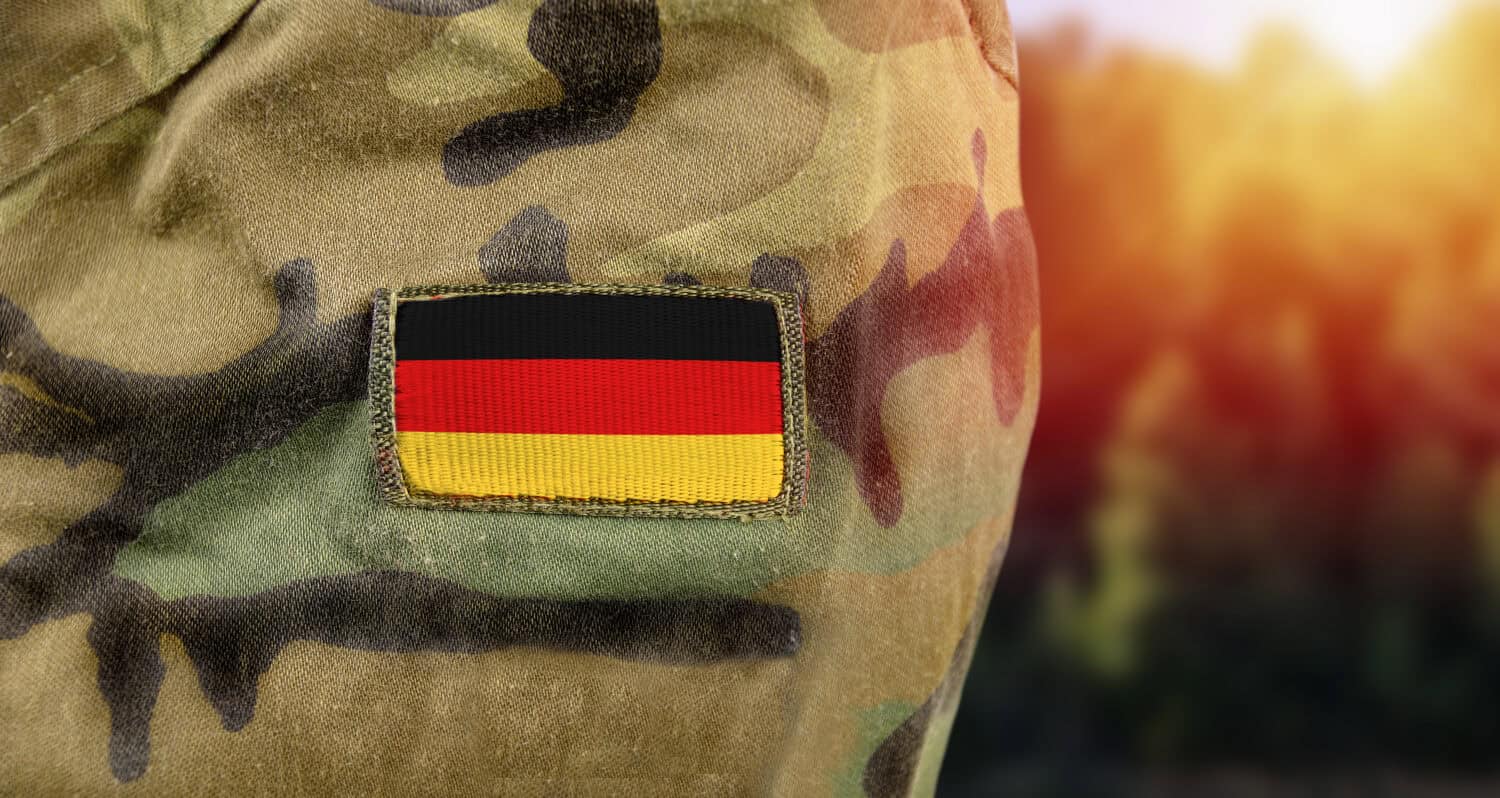
- Share of global arms exports, 2019-2023: 5.6%
- Largest recipient: Egypt — 19.9% of Germany’s arms exports
- 2nd largest recipient: Ukraine — 12.1% of Germany’s arms exports
- 3rd largest recipient: Israel — 11.5% of Germany’s arms exports
- Largest weapons deal: frigate — new MEKO-A200
- Military expenditure, 2023: $66.8 billion — #7 highest of 69 exporting countries
4. China
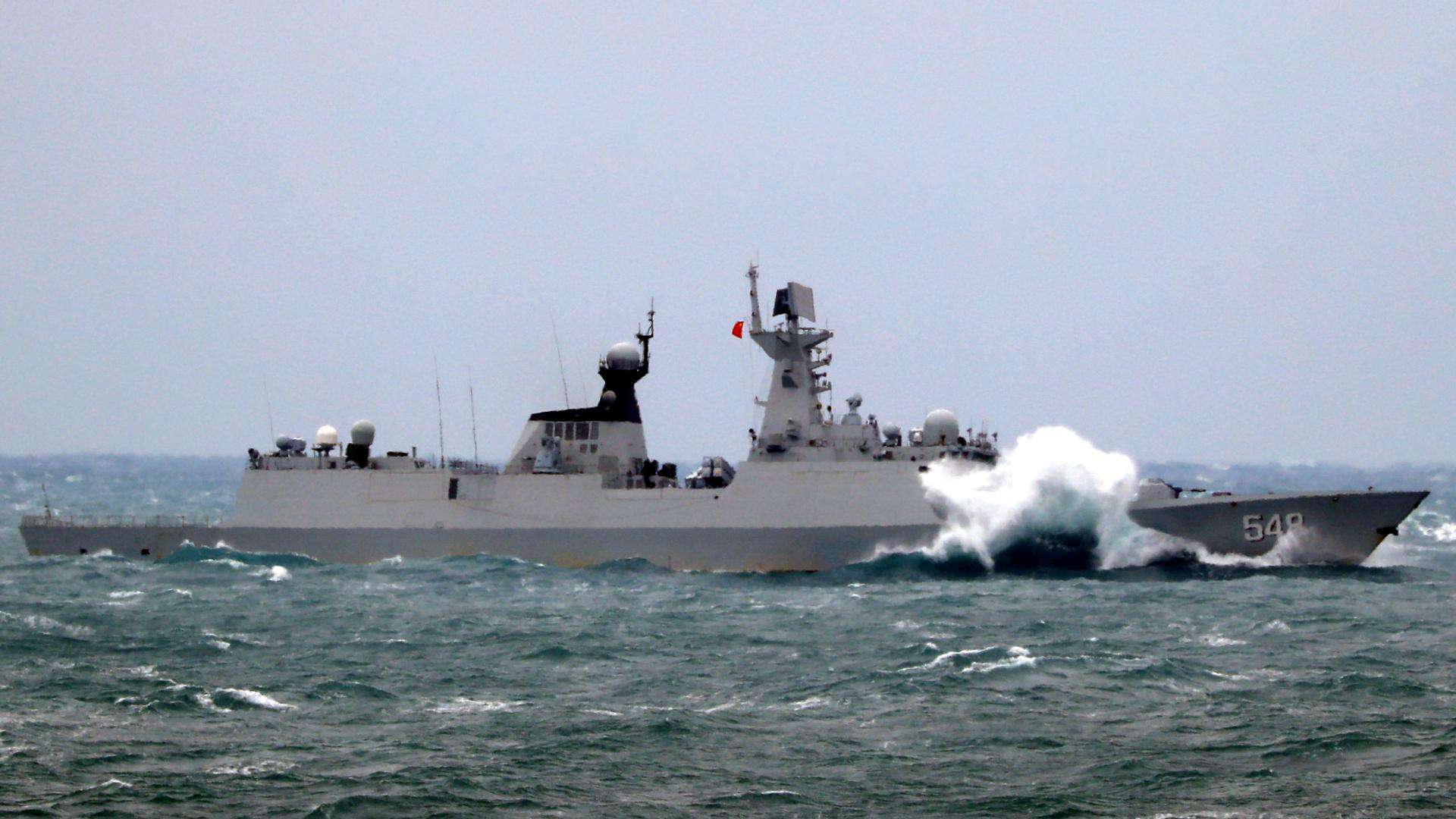
- Share of global arms exports, 2019-2023: 5.8%
- Largest recipient: Pakistan — 61.1% of China’s arms exports
- 2nd largest recipient: Bangladesh — 11.0% of China’s arms exports
- 3rd largest recipient: Thailand — 6.0% of China’s arms exports
- Largest weapons deal: frigate — new Type-054A
- Military expenditure, 2023: $296.4 billion — #2 highest of 69 exporting countries
3. Russia
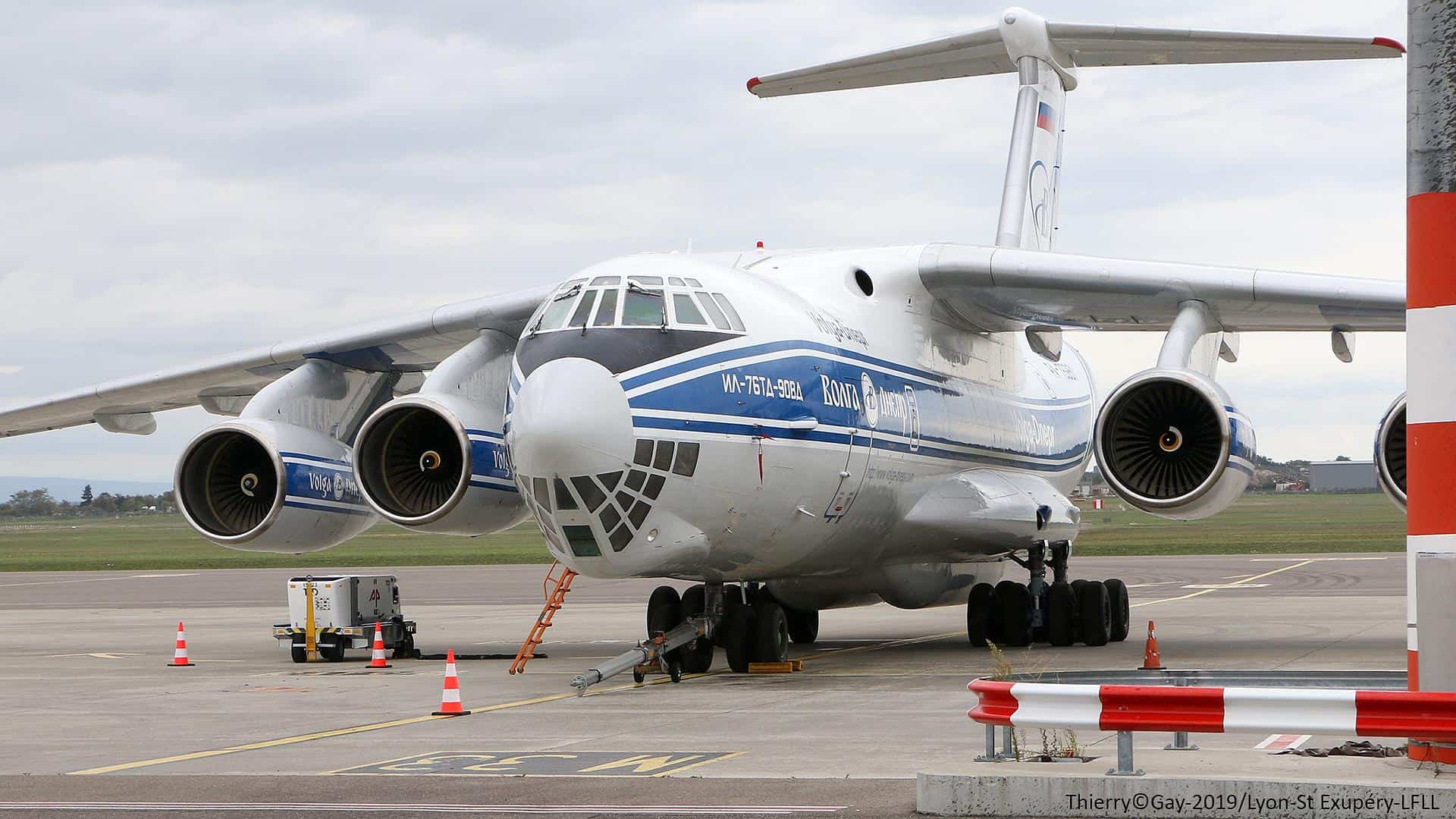
- Share of global arms exports, 2019-2023: 10.5%
- Largest recipient: India — 34.0% of Russia’s arms exports
- 2nd largest recipient: China — 20.7% of Russia’s arms exports
- 3rd largest recipient: Egypt — 7.5% of Russia’s arms exports
- Largest weapons deal: turbofan — new D-30
- Military expenditure, 2023: $109.5 billion — #3 highest of 69 exporting countries
2. France
- Share of global arms exports, 2019-2023: 10.9%
- Largest recipient: India — 29.3% of France’s arms exports
- 2nd largest recipient: Qatar — 17.2% of France’s arms exports
- 3rd largest recipient: Egypt — 6.4% of France’s arms exports
- Largest weapons deal: FGA aircraft — new Rafale
- Military expenditure, 2023: $61.3 billion — #9 highest of 69 exporting countries
1. United States
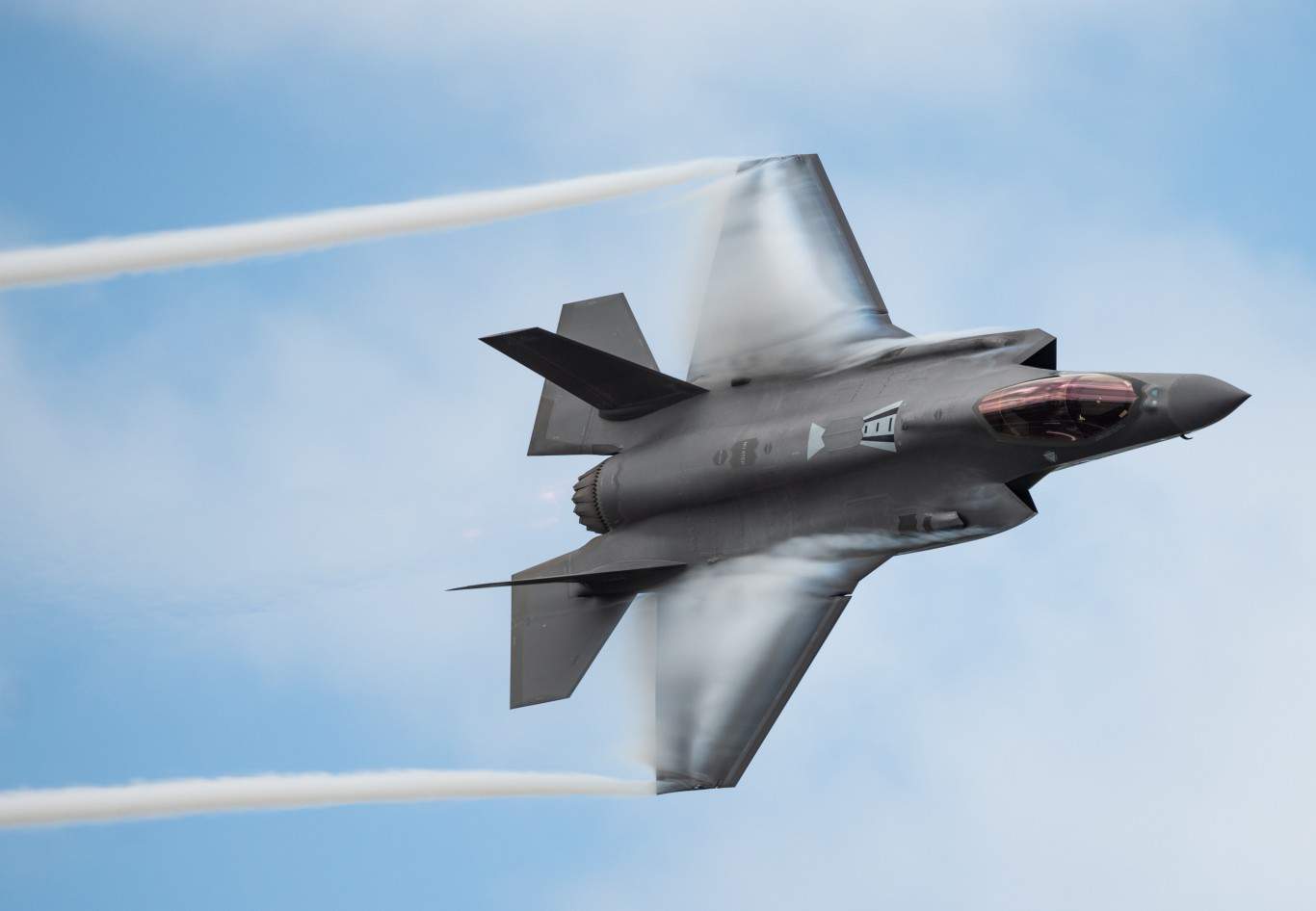
- Share of global arms exports, 2019-2023: 41.7%
- Largest recipient: Saudi Arabia — 15.1% of United States’ arms exports
- 2nd largest recipient: Japan — 9.5% of United States’ arms exports
- 3rd largest recipient: Qatar — 8.2% of United States’ arms exports
- Largest weapons deal: FGA aircraft — new F-35A Lightning-2
- Military expenditure, 2023: $916.0 billion — #1 highest of 69 exporting countries
Get Ready To Retire (Sponsored)
Start by taking a quick retirement quiz from SmartAsset that will match you with up to 3 financial advisors that serve your area and beyond in 5 minutes, or less.
Each advisor has been vetted by SmartAsset and is held to a fiduciary standard to act in your best interests.
Here’s how it works:
1. Answer SmartAsset advisor match quiz
2. Review your pre-screened matches at your leisure. Check out the advisors’ profiles.
3. Speak with advisors at no cost to you. Have an introductory call on the phone or introduction in person and choose whom to work with in the future
Thank you for reading! Have some feedback for us?
Contact the 24/7 Wall St. editorial team.
